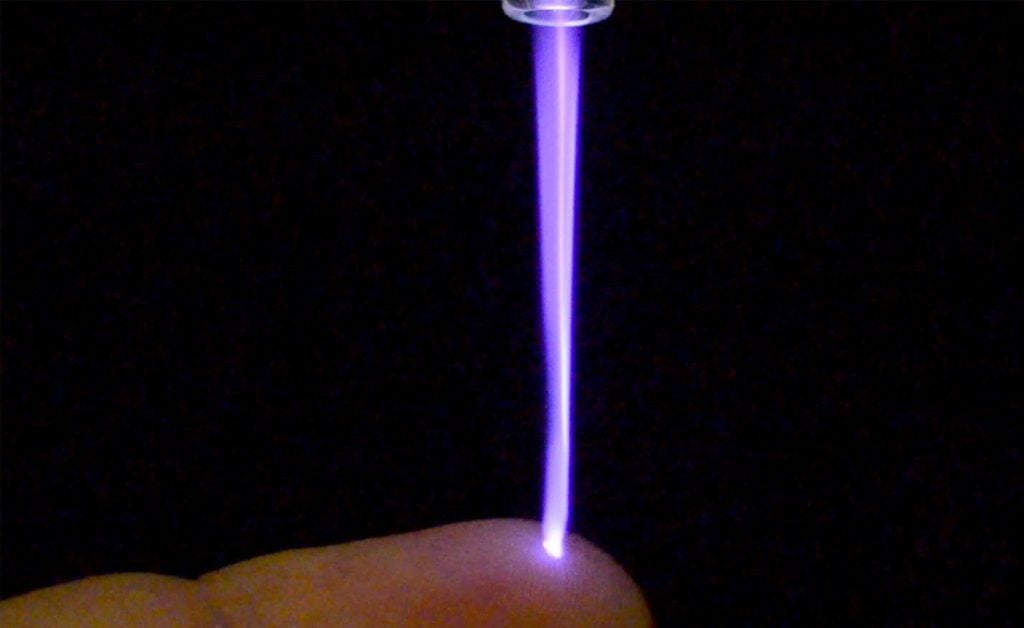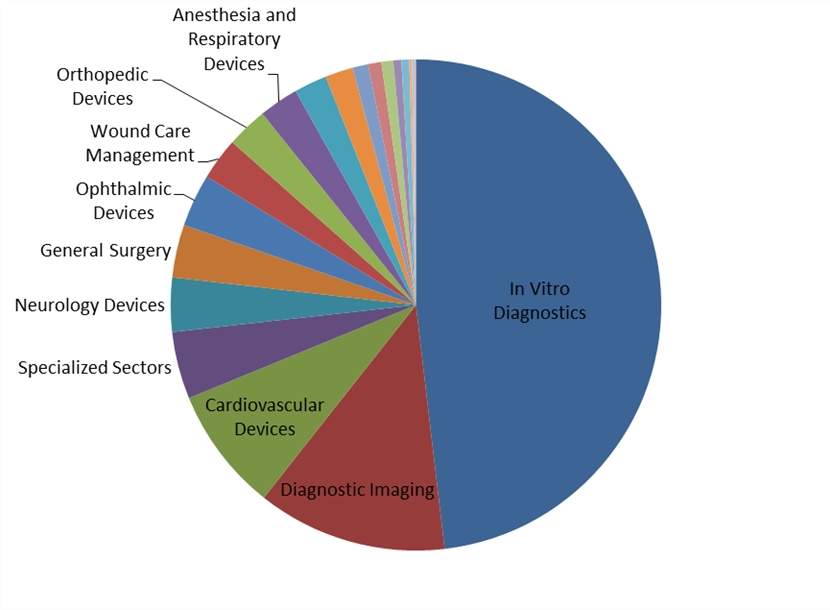According to GlobalData’s medical device pipeline database, ten Esophagoscopes & Gastroscopes devices are in various stages of development globally. GlobalData’s report Esophagoscopes & Gastroscopes provides an overview of the segment’s pipeline landscape and offers detailed analysis of its products. Buy the report here.
Of these devices, eight are in active development, while the remaining two are in an inactive stage of development. There are seven products in the early stages of development, and the remaining one is in the late stages of development.
Endoscopy Devices are used to examine internal organs for diagnosis of diseases. An esophagoscope and a gastroscope are both types of endoscopes, which are thin, flexible tubes with a camera and light at one end. They are inserted into the body through a small incision in the skin, and they allow the doctor to see inside the body. An esophagoscope is used to examine the esophagus, which is the tube that carries food from the mouth to the stomach. A gastroscope is used to examine the stomach and the first part of the small intestine, called the duodenum. Gastroscopes are also known as Esophagogastroduodenoscopes (EGD)/Oesophagogastroduodenoscopes (OEGD). The esophagoscope procedure allows visualization of the esophageal mucosa from the upper esophageal sphincter all the way to the esophageal gastric junction or EG junction. Flexible Video (Fibre) Esophagoscopes are covered in this category. A Flexible Video Esophagoscope has a flexible insertion tube with video recording facility which uses a charge-coupled device camera present on the distal end of the insertion tube to visualize the esophagus and display magnified images on a video screen. Gastroscopes are forward-viewing endoscopes with insertion tubes designed primarily for visualization of oesophagus, stomach and duodenum. Flexible Video Gastroscopes are covered in this category. A Flexible Video Gastroscope has a flexible insertion tube with video recording facility which uses a charge-coupled device camera present on the distal end of the insertion tube to visualize and display magnified images of esophagus, stomach and duodenum on a video screen.
Innovations in the medical devices sector are linked to the development of new approaches, processes, or technologies for treating, diagnosing, and managing disease in response to demand from healthcare for better patient outcomes and reduce healthcare costs.
Based on an analysis of GlobalData’s Medical Intelligence Center pipeline product database, these actively developed Esophagoscopes & Gastroscopes pipeline devices are all expected to be approved within the next ten years.
Currently, private organizations, public entities and institutions are working on the development of Esophagoscopes & Gastroscopes devices. Overall, most of these Esophagoscopes & Gastroscopes pipeline devices are being developed by private entities.
Key players involved in the active development of Esophagoscopes & Gastroscopes include Saneso, Boston Scientific, EndoSound, IQ Endoscopes, National Health Service, Scivita Medical Technology and University of Kansas.
For a complete picture of the developmental pipeline for Esophagoscopes & Gastroscopes devices, buy the report here.
Premium Insights
From

The gold standard of business intelligence.
Blending expert knowledge with cutting-edge technology, GlobalData’s unrivalled proprietary data will enable you to decode what’s happening in your market. You can make better informed decisions and gain a future-proof advantage over your competitors.







